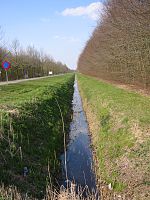Hi,
Sorry for such a basic question.
In textbox one writes a character expression that I later search in a table.
Because text property returns some additional spaces I use
as a search string.
It looked good till now, when someone want to distinguish between "Smith Wesson" and "SmithWesson". He writes "Smith " (space after the letter h) into the box, willing not to get SmithWesson records as an answer, but he gets back both types of records, because the space in his question is discarded by ALLTRIM function.
To solve this I can imagine only creating my own text property by collecting characters as they are typed (KeyPress method, watch out backspace, etc.). I hope that professionals are dealing with this other way.
Thank you for any tip, Tom.
Sorry for such a basic question.
In textbox one writes a character expression that I later search in a table.
Because text property returns some additional spaces I use
Code:
ALLTRIM(thisform.txtFind.text)It looked good till now, when someone want to distinguish between "Smith Wesson" and "SmithWesson". He writes "Smith " (space after the letter h) into the box, willing not to get SmithWesson records as an answer, but he gets back both types of records, because the space in his question is discarded by ALLTRIM function.
To solve this I can imagine only creating my own text property by collecting characters as they are typed (KeyPress method, watch out backspace, etc.). I hope that professionals are dealing with this other way.
Thank you for any tip, Tom.

